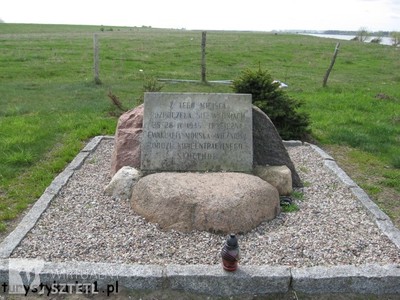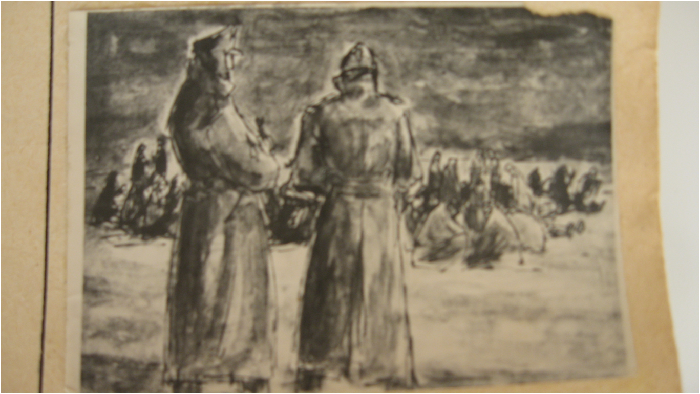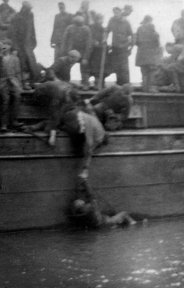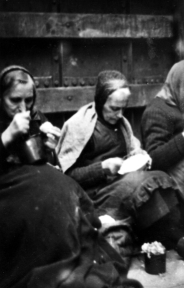- Monument/Memorial
- Gdańska 104, 82-103 Mikoszewo, Pologne
Nervous about the approaching Soviet Army, the Germans decided to evacuate the Stutthof concentration camp in January 1945. The prisoners, already hungry and weak, had to walk for days in severe winter conditions, almost without food. Thousands of them died from exhaustion or were killed by the German guards.
In January 1945 the Soviet Army approached the Stutthof concentration camp to a mere 50 kilometres. Therefore the Germans decided to evacuate the camp and its subcamps. On 25 January 1945, after a morning roll call at four o’clock, about 37.000 inmates were marched out of the main camp. They walked for a week to reach camps to the west of Gdansk/Danzig. In horrible winter conditions and virtually without food, many prisoners died of sheer exhaustion. The German guards killed those who weren’t able to follow. In their new camps, the evacuees continued to suffer from hunger and disease. About 20.000 people died during these death marches. Some 5000 prisoners from Stutthof’s subcamps were taken to the Baltic coast. There they were forced to walk into the freezing water to be machine-gunned.
Some 12.000 prisoners were left behind in Stutthof, where a typhus epidemic struck the camp. On 25 and 27 April 1945 a new evacuation, by sea to Flensburg and Lübeck, was initiated. Half of the evacuees died during transport. Their naked bodies were thrown in the Baltic Sea. On approaching Lübeck, the local German authorities there did not allow the prisoners to come ashore. Nearly all were killed. Around 7.000 prisoners lost their lives.
When, on 9 May 1945 the Red Army liberated the Stutthof camp, they found only 140 surviving prisoners.





